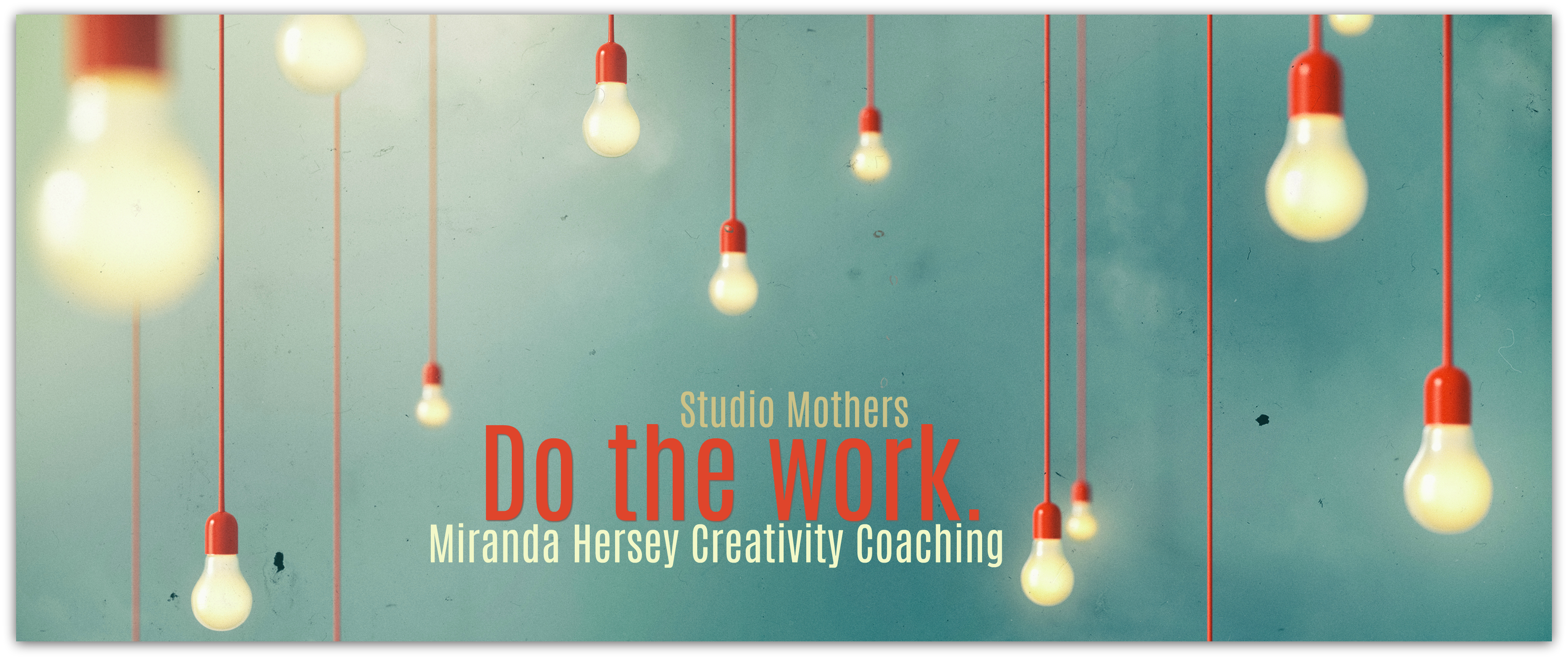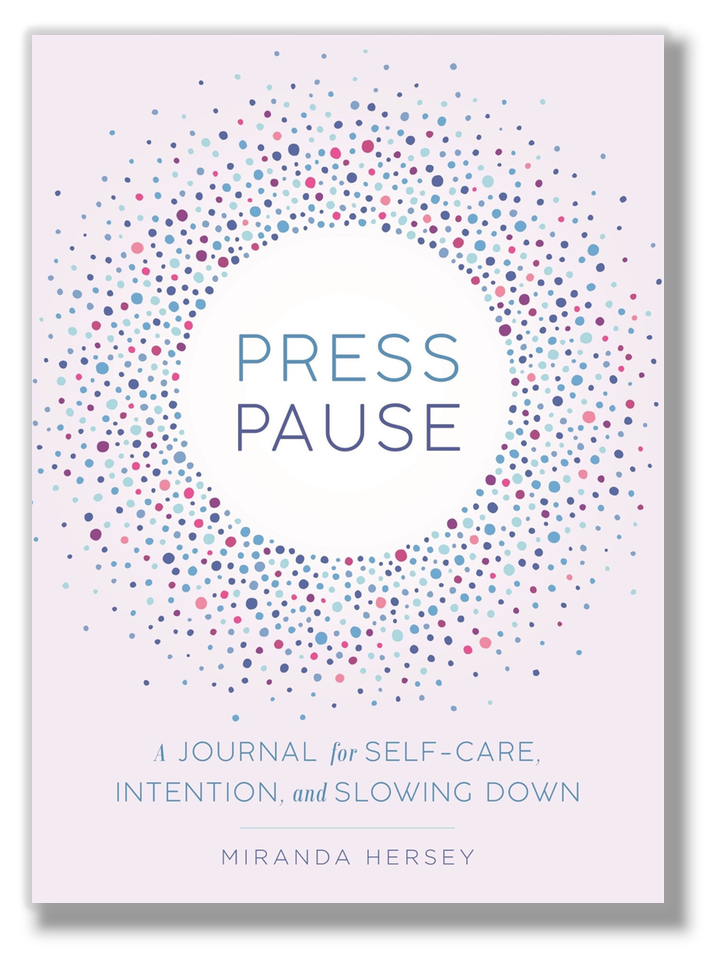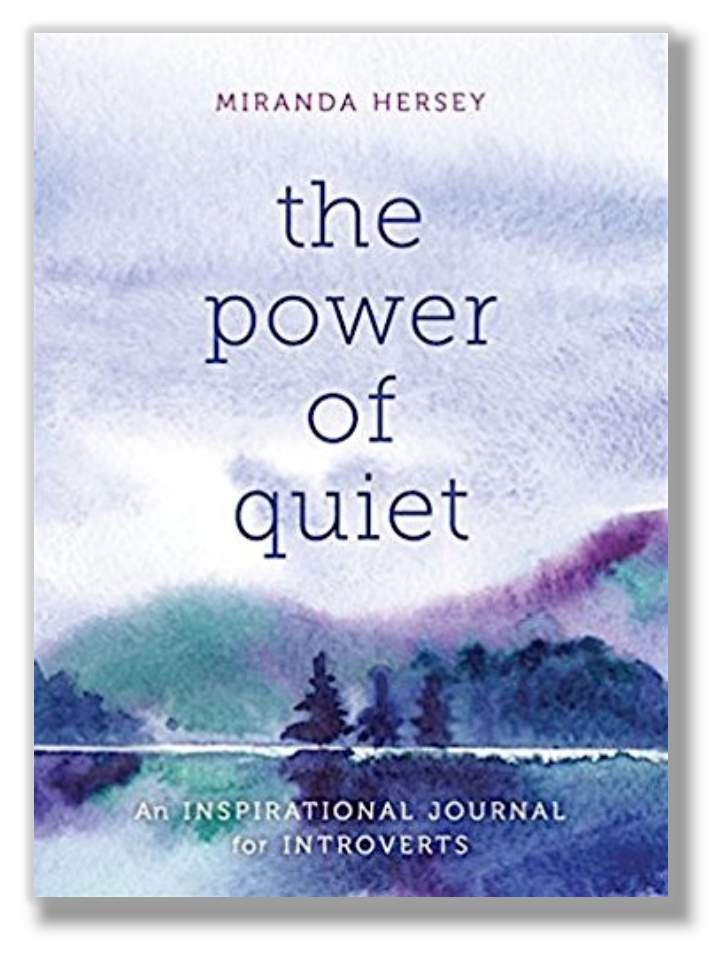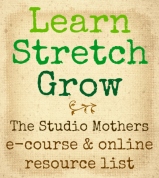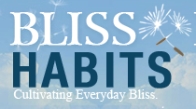How She Does It: Michelle Templeton
Today I’m pleased to introduce you to Michelle Templeton, a visual artist and writer living in Seattle. In the studio, she paints and makes woodblock prints. At the keyboard she writes fictions and is at work on a novel. She has exhibited work in a variety of Seattle venues in both group and solo exhibits. Her literary work has appeared in Firefly Magazine, Lunch Ticket and Helen: A Literary Magazine (forthcoming). See more of Michelle’s work at www.michelletempleton.com.

Michelle Templeton
SM: Please introduce yourself and your family.
MT: I am a visual artist and writer in Seattle. I live north of the city in a woodsy spot with my husband and ten-year-old son.
SM: Tell us about your artwork/creative endeavors.
MT: I paint in acrylics and mixed media on canvas and paper. I also make woodblock prints, carving images into wood and printing the image on paper with ink. The themes of my visual art center around the world of childhood and family life. I like taking small moments that might not seem meaningful at the time and capturing them on canvas to tell their story.
I am also a fiction writer. I just completed an MFA in creative writing from Antioch University Los Angeles. I’ve had a few stories published and I’m working on a novel. The novel is the story of three generations of women from the same family; their struggles and successes. It’s about grief and learning how to make your own life.

Woodblocks
SM: What goals do you have for your art? How would you define your “life’s work”?
MT: For a long time, I believed I had to sell lots of work to be successful. It’s very gratifying to sell work and have that validation but I’ve learned that the real success is being able to spend my days doing work I love. That’s a luxury many people don’t have and I feel really fortunate to do it.
SM: How has motherhood changed you creatively?
MT: Motherhood taught me to make every minute in the studio count. It feels like I never have enough time there so when I do have a block of time to work, I make it matter. I have no internet in my studio; nothing to distract me from working. When I’m there, I’m intensely focused. I’ve learned that it’s the only way to get things done when you don’t have the luxury of unlimited time.
SM: Where do you do your creative work?
MT: I have a studio away from home, about a ten-minute drive from my house. When my son was a baby I worked at home but there were a lot of distractions. It’s so easy to stop working to do a load of laundry, clean house, waste time on the internet. What I love about my studio is that it is my safe, distraction-free place. No kids, no household chores, no internet. It’s a place dedicated entirely to my creative work.

Michelle’s studio
SM: Do you have a schedule for your creative work?
MT: This question made me smile. I try hard to have a schedule but my son’s schedule is my top priority. I schedule blocks of work time for myself during his school hours, but I also have to balance that time with time spent on my bread-and-butter job. It’s a challenge, and that’s not including the days my son has no school, gets sick, or has a dentist appointment. It’s not easy; flexibility is a requirement.
SM: What does creative success mean to you?
MT: My primary definition of success is that I get to spend my time making art and writing fiction. Having said that, sharing my work is important to me too. It’s deeply gratifying when someone loves one of my pieces enough to spend their money on it; to make space for it in their home.

Watercolor portrait
SM: What makes you feel successful as a mother?
MT: My son’s happiness. It’s important to me, of course, that he does well in school, that he learns what he needs to know to become a successful and contributing adult. My bottom line, though, is that I want him to feel loved and to enjoy his life.
SM: What do you struggle with most?
MT: Never feeling like I have enough time. Doing the multi-tasking mom-thing makes it a challenge to have long, uninterrupted blocks of time for my work. It can get frustrating at times.
SM: What inspires you?
MT: Other women. They are managing careers and full family lives and making it work. Everyone is working so hard and with incredible grace.
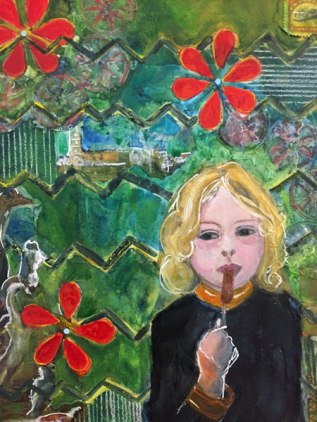
Portrait
SM: What do you want your life to look like in 10 years?
MT: By then my son will be in college and I think my daily schedule will have opened up. I look forward to having more sustained work time.
SM: What are you reading right now?
MT: All My Puny Sorrows by Miriam Toews. I’m only about 75 pages in but it’s wonderful so far.
SM: What are your top 5 favorite blogs/online resources?
MT: I love art supply websites like Daniel Smith and Blick’s. It’s fun to drool over all the fabulous paints and tools. I also love writerly sites like poets.org, Brain Pickings, and Lit Hub. My steady go-to is Facebook where I’ve built a strong network of other artists and writers.

Easel and prints
SM: What do you wish you’d known a decade ago?
MT: Feel the fear and do it anyway! For a long time, I felt I had to feel ready (unafraid) to jump into a creative life. Eventually I realized that there is no such thing as feeling ready so you have to take the plunge in spite of the fear.
SM: What advice would you offer to other artists/writers struggling to find the time and means to be more creative?
MT: Persist! Even if you have tiny children and you can only manage ten minutes a day of creative time, keep going. Whatever you are able to do will be enough to keep the spark alive inside of you. Don’t give up.
:::::
